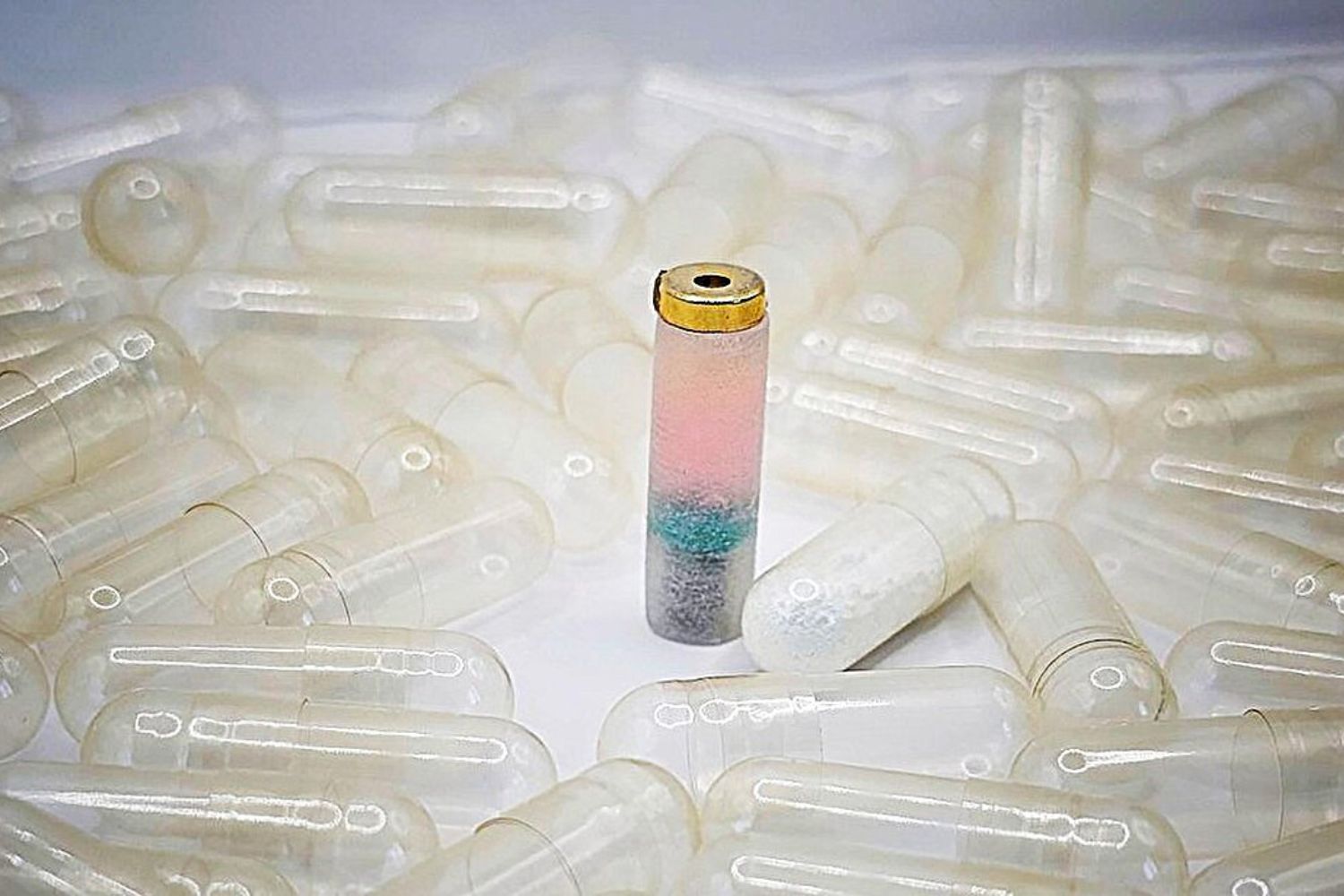Unlike fossil fuels, hydrogen combustion produces only water as a product, without carbon dioxide emissions. This, logically, presents it as a very attractive fuel to prevent an increase in the greenhouse effect and with it the progress of global warming and climate change. However, the production of hydrogen itself requires energy, which is usually obtained from fossil fuel. But it’s not a very efficient process, so you don’t get enough hydrogen to make up for it. For this reason, scientists have long tried to imitate plant photosynthesis.
And it lies in the fact that, among other processes, during photosynthesis, water is divided into two constituent elements: oxygen and hydrogen. This would be an easy and clean way to make this fuel, but the artificial process has several limitations, such as the gradual destruction of the semiconductor needed to complete the procedure. For this reason, a new study published in Nature by a team of scientists from the University of Michigan is a breath of fresh air in an investigation that has so far seemed stagnant.
They succeeded in producing hydrogen with very promising efficiency. without damaging the semiconductor. Moreover, not only does it not get damaged, but it also improves with use. It’s too early to start using it; but without a doubt, this is an important step in the quest for carbon-free fuels.
This is an artificial “leaf” for producing hydrogen
The device, developed by these scientists, will act as an artificial leaf in which photosynthesis takes place to split water (H₂O) into oxygen and hydrogen. Sunlight reaches it, pre-assembled and focused on a lens the size of a house, so that the equivalent 160 soles.
The “sheet” is actually a plate of gallium and indium nitride nanostructures grown on the surface of silicon. As soon as light falls on it, it turns into free electrons and positively charged holes are left behind when the electrons are released by the light. In addition, as the study authors explain in a statement, “nanostructures are studded with 1/2000 millimeter diameter nanoscale metal balls that use these electrons and holes to help direct reaction“. In short, a chain of electrons is emulated, with the help of which photosynthesis is carried out in plants.
 nanostructures using molecular beam epitaxy.</p>
<p>Photo: Brenda Ahern/University of Michigan College of Engineering, Communications and Marketing</p>
<p>“data-medium-file=”https://i0.wp.com/imgs.hipertextual.com/wp-content/uploads/2023/01/20221014_Mi_hydrogen_0046-scaled.jpg?fit=800%2C534&quality=60&strip=all&ssl= 1″ data-large-file=”https://i0.wp.com/imgs.hipertextual.com/wp-content/uploads/2023/01/20221014_Mi_hydrogen_0046-scaled.jpg?fit=780%2C520&quality=60&strip=all&ssl =1″ decoding=”async” alt class=”wp-image-1709638 perfmatters-lazy” data-recalc-dims=”1″ data-src=”https://i0.wp.com/imgs.hipertextual.com /wp-content/uploads/2023/01/20221014_Mi_hydrogen_0046.jpg?w=780&quality=60&strip=all&ssl=1″><noscript><img data-attachment-id=) Brenda Ahern/University of Michigan College of Engineering, Communications and Marketing
Brenda Ahern/University of Michigan College of Engineering, Communications and MarketingAdvantages over other methods
In addition to all of the above, this new board has an insulating layer capable of maintaining a constant temperature at 75°C. This is enough to cause the water to break down into oxygen and hydrogen, but not enough to damage the semiconductor also present on the board. In addition, at this temperature, the formation of hydrogen and oxygen is prevented. retie to generate more water, thus increasing efficiency.
This is one of its great advantages over other methods of producing hydrogen. But not the only one. Its second big plus is that it is able to use a wider spectrum of sunlight. That is, on the one hand, the most energetic part of the spectrum can be used to split the water molecule. On the other hand, the one with less energy is simply used to heat up the reaction. In this way, hydrogen is obtained with efficiency 6.1% outdoors and 9% indoors.
This is a promising figure, but it is not enough, so the next goal of these scientists is increase the percentage. They have already shown what they can do, they even managed to reuse some of the hydrogen produced to produce even more fuel. Now they have to hone the technique. This is necessary so that in the future the use of hydrogen as a fuel is really something feasible.
Source: Hiper Textual














